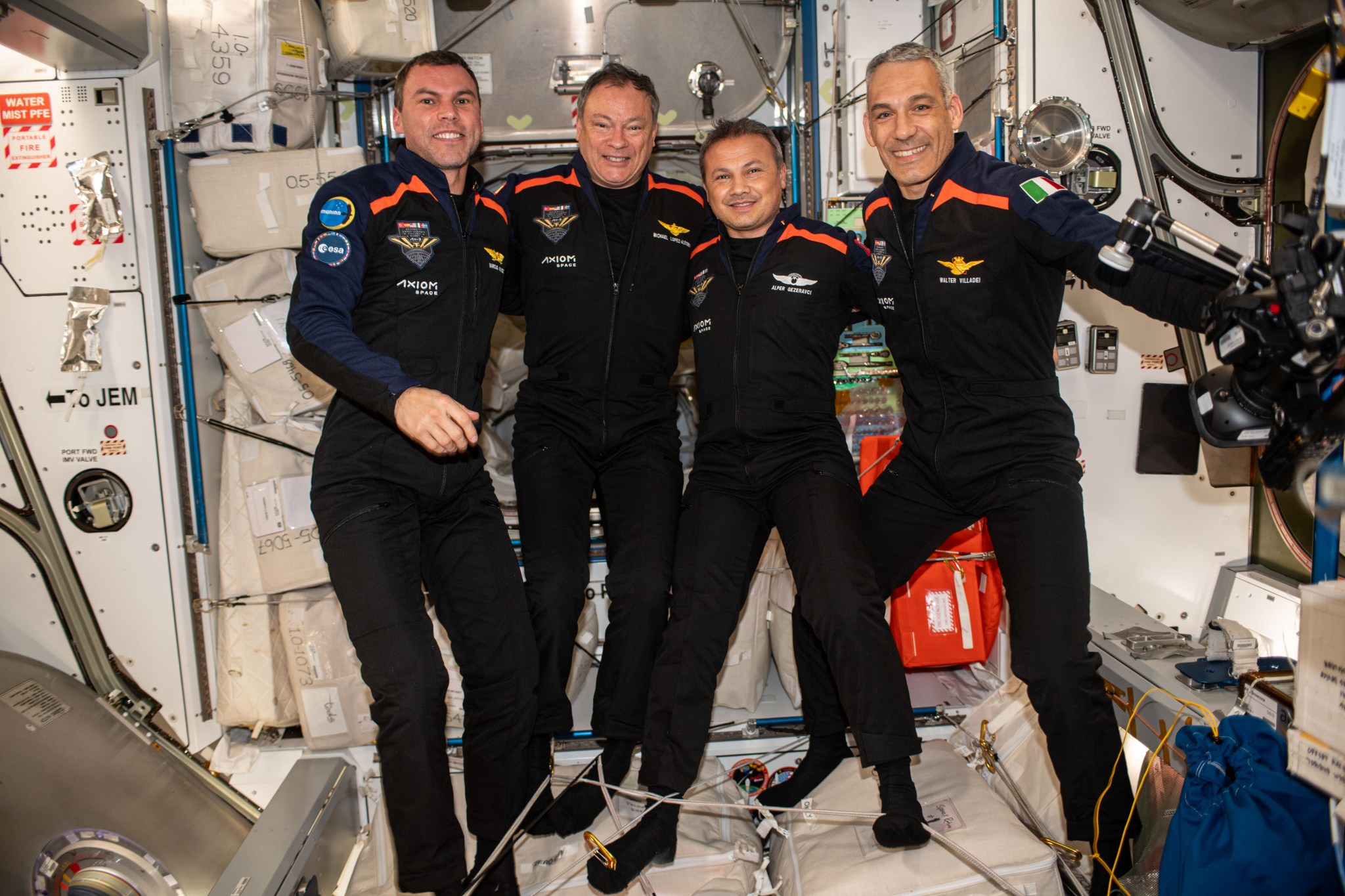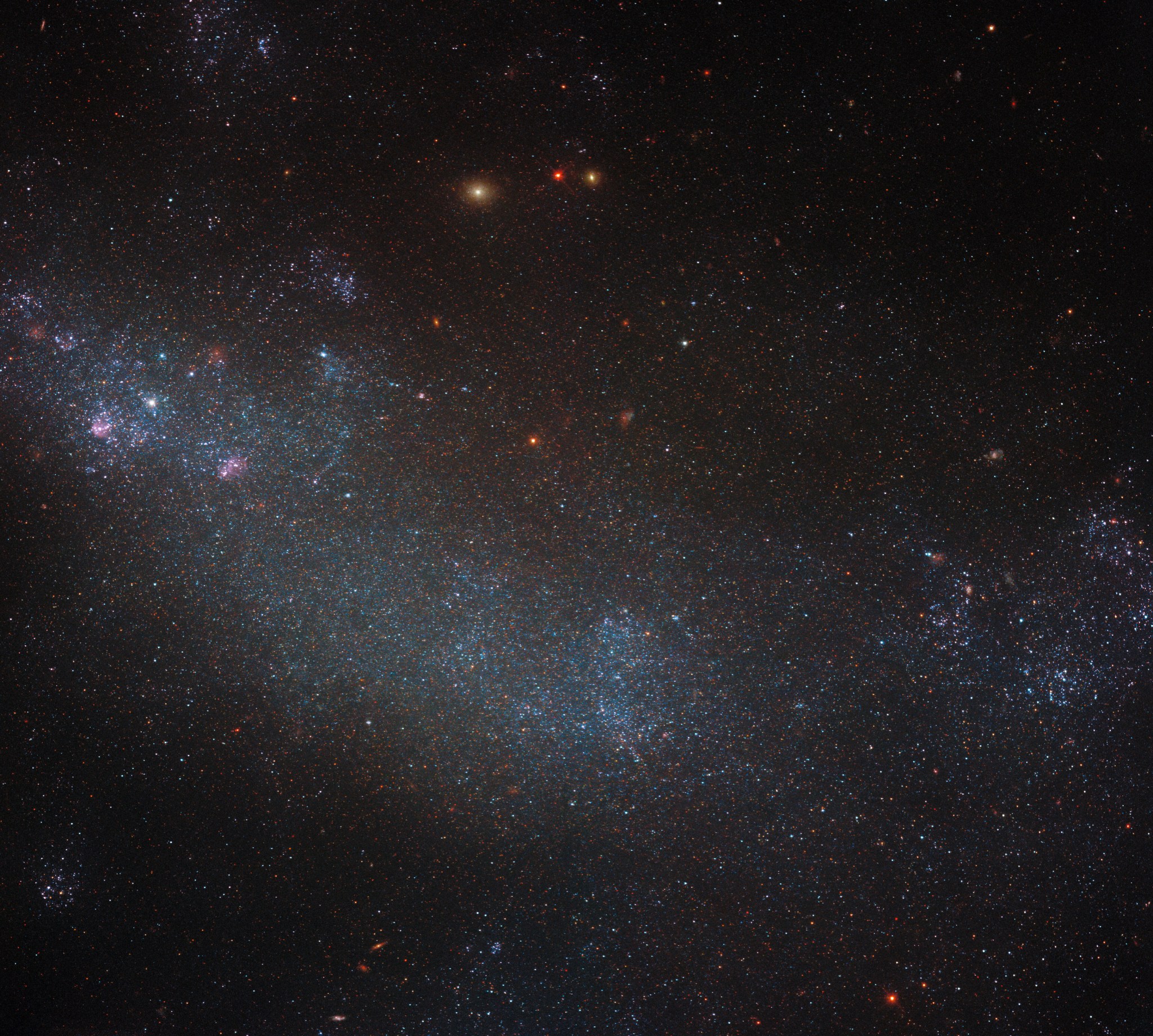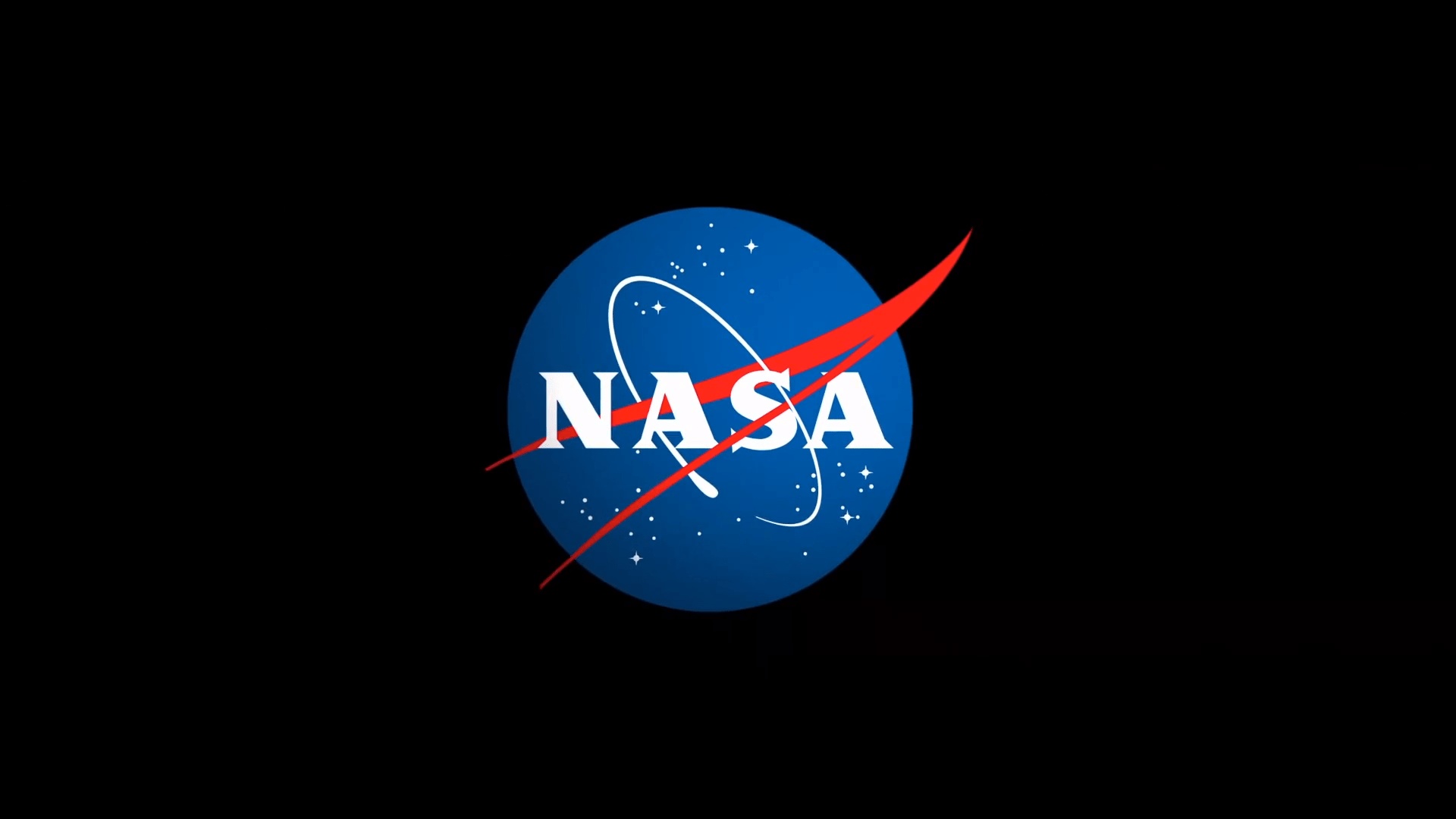(From left) Ioannis Daglis, president of the Hellenic Space Center, NASA Administrator Bill Nelson, and U.S. Secretary of State, Antony Blinken, watch as Giorgos Gerapetritis, Greek foreign minister, signs the Artemis Accords on the margins of the U.S.-Greece Strategic Dialogue at the Department of State in Washington, Feb. 9, 2024. Credits: Official State Department photo by Chuck Kennedy NASA Administrator Bill Nelson participated in a signing ceremony Friday with Greece’s foreign minister, Giorgos Gerapetritis, as his country became the 35th country to sign the Artemis Accords. The accords establish a…
Read MoreMonth: February 2024
Rahul Ramachandran Essay Published on NASA’s EarthData
January 29, 2024 / Earth Science Rahul Ramachandran (ST11) wrote his American Geophysical Union (AGU) Leptoukh lecture as an essay titled “From petabytes to Insights: Tackling Earth Science’s Scaling Problem ”. While Ramachandran was unable to present at AGU, the essay was published on NASA EarthData website (https://www.earthdata.nasa.gov/learn/articles/2023-leptoukh-lecture-essay). The essay addresses the challenge of scaling in Earth science due to increasing data volumes. Ramachandran discusses the integration of Artificial Intelligence into informatics as a potential solution to these challenges. He reflects on his journey in informatics and emphasizes the importance of managing…
Read MoreThird NASA Enabled Private Flight to Space Station Completes Safely
The Axiom Mission 3 crew aboard the International Space Station, pictured from left to right: Marcus Wandt, Michael López-Alegría, Alper Gezeravci, and Walter Villadei. Credits: Axiom Space The third private astronaut mission to the International Space Station successfully completed its journey as part of NASA efforts to create commercial opportunities in space. Axiom Mission 3 (Ax-3) and its four crew members safely returned to Earth Friday, splashing down off the coast of Daytona, Florida. Axiom Space astronauts, Michael López-Alegría, Walter Villadei, Marcus Wandt, and Alper Gezeravci returned to Earth aboard…
Read MoreSee SpaceX’s breathtaking launch of NASA’s PACE satellite (photos)
The SpaceX launch of NASA’s newest Earth observation satellite put on a stunning show for photographers. NASA’s PACE mission (short for Plankton, Aerosol, Cloud, ocean Ecosystem) lifted off atop a SpaceX Falcon 9 rocket from Space Launch Complex 40 at Cape Canaveral Space Force Station on Feb. 8, 2024 at 1:33 a.m. EST (0633 GMT). The nighttime launch provided a perfect opportunity for some gorgeous launch photography, as the following snapshots show. Related: SpaceX launches NASA’s PACE satellite to study Earth’s oceans, air and climate (video) Once operational, PACE will…
Read MoreHubble Space Telescope tells a starry ‘tail’ of 12 mingling galaxies
The Hubble Space Telescope has stepped on the tails of 12 interacting galaxies and found them to be studded with the shining diamonds of young star clusters —scientists compare the phenomena to cosmic “strings of pearls.” When spiral galaxies interact, either through direct collision or close encounter, their spiral arms unravel. The gravitational force that a galaxy wields is vast, so when two galaxies become close, the gravitational tides that are raised tug on those spiral arms, pulling them out to form long “tails” that can stretch for many tens…
Read MoreCelestron AstroMaster LT 70AZ beginner telescope is now under $60
The Celestron AstroMaster LT 70AZ refractor telescope is an ideal choice for beginner astronomers and is now on offer for under $60. That’s a saving of over $70 and means those looking to take their first steps into astronomy have a reliable option at a low-risk price. You can get the Celestron AstroMaster LT 70AZ right now for just $59 at Walmart. This telescope offers an all-in-one kit with a discount on an already low price point, so if you’re in the market for someone without much experience, you can’t…
Read MoreNASA Expedition 71 Astronauts to Conduct Research aboard Space Station
3 min read Preparations for Next Moonwalk Simulations Underway (and Underwater) Studies of neurological organoids, plant growth, and shifts in body fluids are among the scientific investigations that NASA astronauts Matthew Dominick, Michael Barratt, Jeanette Epps, and Tracy C. Dyson will help support aboard the International Space Station as part of Expedition 71. The crew members are targeting launch to the space station in February and March. Here are details on some of the work scheduled during this upcoming expedition aboard the microgravity laboratory: Modeling Neuroinflammation Human Brain Organoid Models…
Read MoreHubble Spots a Galaxy Shrouded by Stars
2 min read Hubble Spots a Galaxy Shrouded by Stars This Hubble image shows irregular galaxy, ESO 245-5, located some of 15 million light-years from Earth. ESA/Hubble & NASA, M. Messa This NASA/ESA Hubble Space Telescope image shows a densely packed field of stars laid upon a background of dust, gas, and light from more distant celestial objects. There are so many stars in this image’s field of view that it may be a little tricky to discern that you are in fact looking at a galaxy. Known as ESO…
Read MoreNASA Awards Inaugural Grants to Support Emerging Research Institutions
NASA NASA has awarded $3.7 million to 11 teams to support new collaborations between the agency and United States institutions not historically part of the agency’s research enterprise. These are the first awards given through a new program from the agency’s Science Mission Directorate (SMD) to improve diversity, equity, inclusion, and accessibility in the science and engineering communities, as well as NASA’s workforce. “As the agency continues to build relationships with under-resourced institutions through initiatives like the bridge program, we are intentionally increasing equitable access to NASA for the best…
Read MoreThis colossal ‘Martian sunspot’ is so big it was seen from Mars. Now it’s facing Earth (photo & video)
A sunspot so large it was seen from the surface of Mars is now facing Earth. The gargantuan sunspot group AR3576 from end to end stretches for more than 124,274 miles (200,000 kilometers) and contains at least four dark cores each larger than Earth, according to Spaceweather.com. It was imaged by NASA’s Perseverance Rover from the surface of Mars just last week. The sunspot is so big it can be seen from Earth without the need for complex viewing equipment. Just don a pair of certified eclipse glasses and look…
Read More





